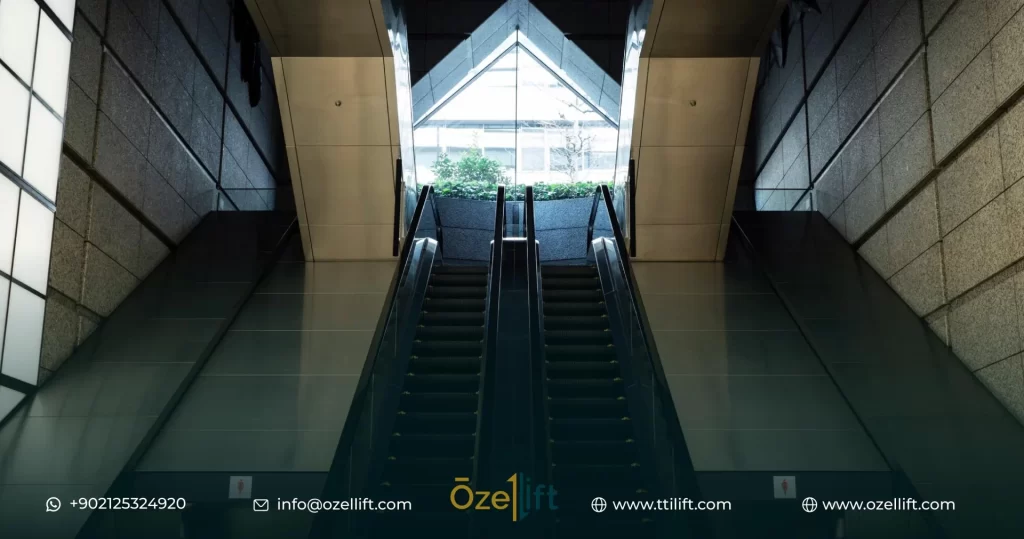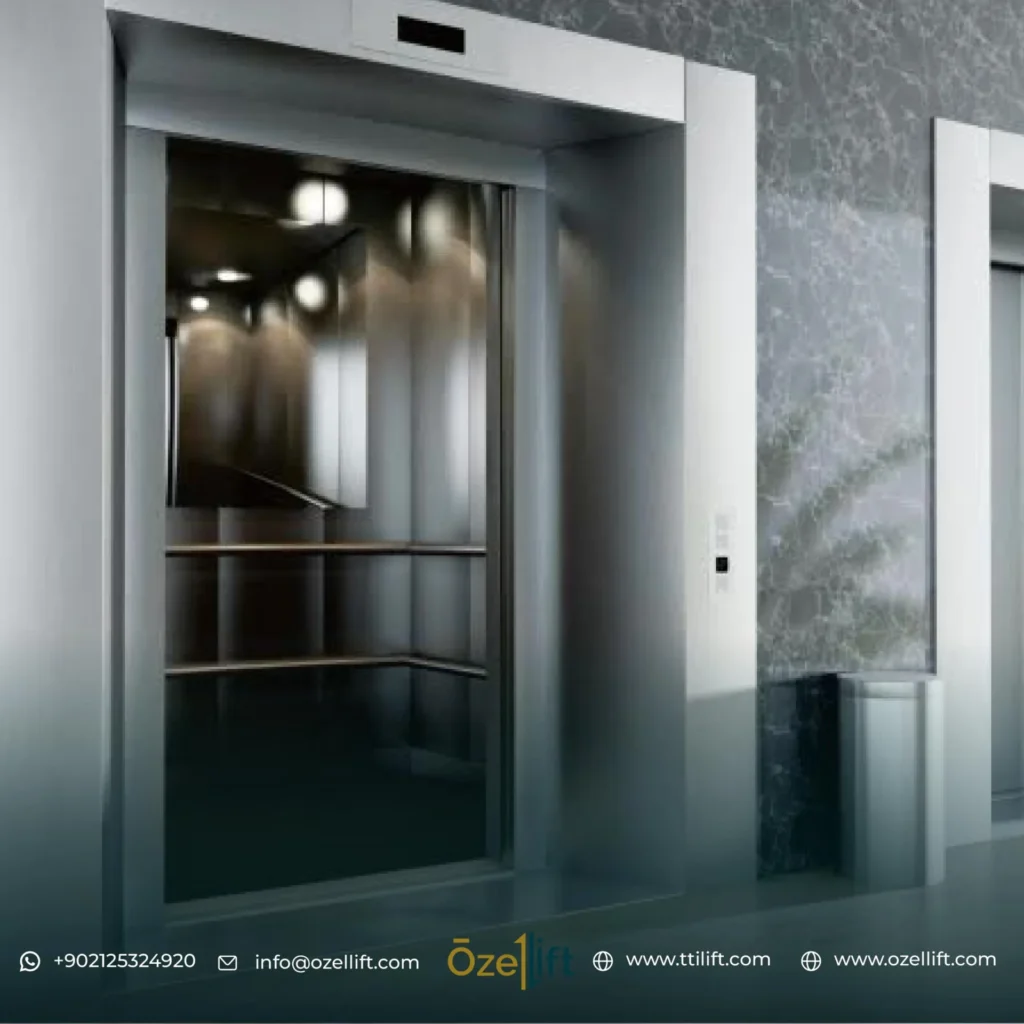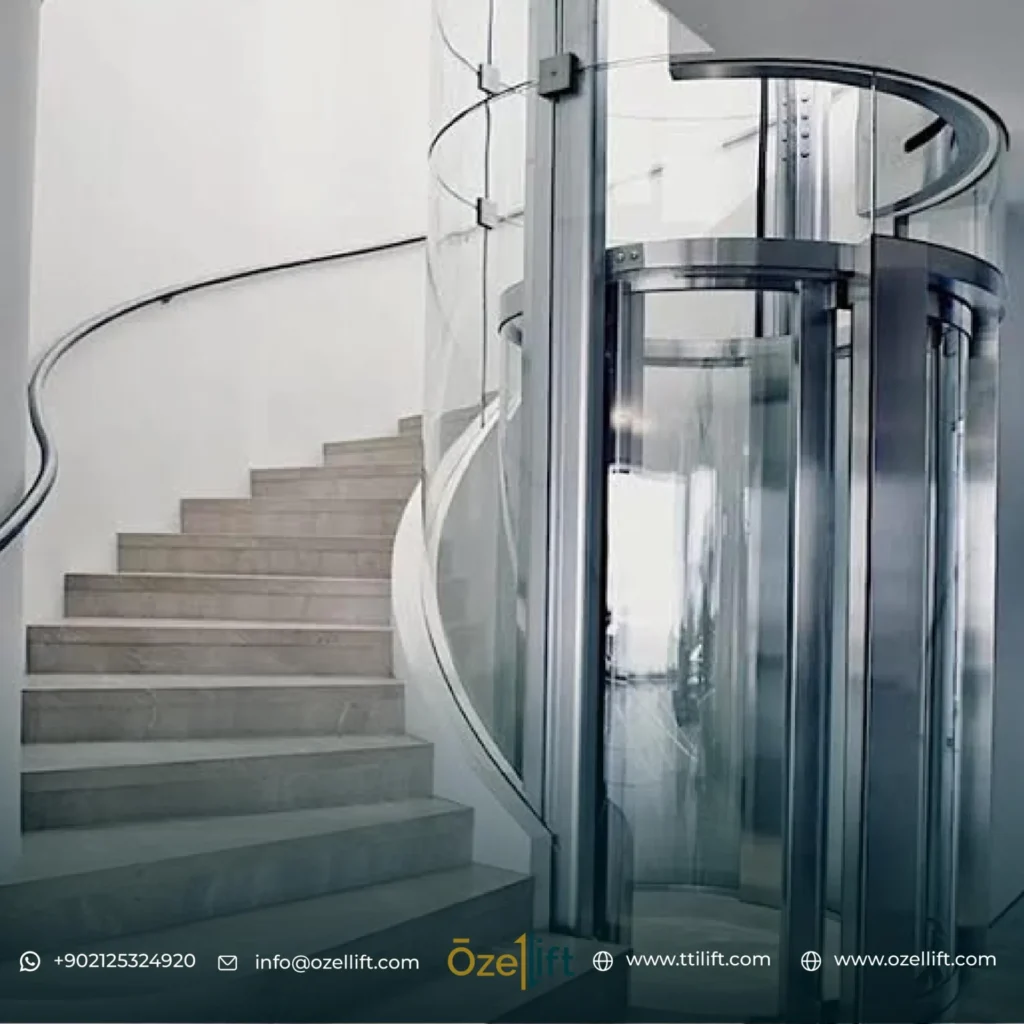Are you considering installing an escalator in your building, but you’re unsure about the cost? Look no further! In this article, we will delve into the factors that influence escalator cost and provide you with valuable insights to help you make an informed decision.
Installing an escalator can be a significant investment, but it’s essential to understand all the factors that contribute to the overall cost. Factors such as the type and size of the escalator, the complexity of the installation, and additional features desired all play a role in determining the final price tag.
We’ll explore both the upfront costs and the ongoing expenses associated with escalator ownership, including maintenance, repairs, and energy consumption. By understanding these considerations, you can assess the long-term financial implications of installing an escalator and make a well-informed decision.
From construction companies to shopping malls, many businesses rely on escalators to enhance mobility and improve the overall experience for their customers. So, if you’re ready to learn more about the cost of installing an escalator and explore the potential benefits it can bring to your establishment, let’s get started!
Factors that Affect Escalator Cost
When it comes to determining the cost of an escalator, several factors come into play. By understanding these factors, you can get a clearer picture of what to expect in terms of pricing. Here are some key considerations:
Type and Size of the Escalator
The type and size of the escalator you choose will have a significant impact on the overall cost. There are various types of escalators available, including standard, heavy-duty, and spiral escalators. Each type comes with its own set of features and price points. Additionally, the size of the escalator, measured in terms of the number of steps and the width, will also affect the cost. Larger escalators will generally be more expensive than smaller ones due to the materials and engineering required.
Complexity of Installation
The complexity of the installation is another crucial factor to consider. Factors such as the building’s layout, structural requirements, and the need for customization will determine the level of complexity involved. If the installation requires modifications to the existing structure or if there are space constraints, the cost may increase. Additionally, if the installation site is difficult to access or requires additional safety measures, it can also impact the overall cost.
Additional Features Desired
Do you have specific features in mind for your escalator? Additional features such as glass balustrades, LED lighting, and touchless technology can add to the cost. While these features can enhance the aesthetics and functionality of your escalator, it’s important to consider whether they are necessary for your particular needs. Assessing the cost-benefit ratio of each additional feature will help you make a more informed decision.
Escalators Cost – different Types of Escalators
Now that we have explored the factors that influence escalator cost, let’s take a closer look at the different types of escalators available and their associated costs. Understanding the options available to you will enable you to choose the one that best suits your needs and budget.
Standard Escalators cost
Standard escalators are the most common type and are typically found in shopping malls, airports, and commercial buildings. They are designed for medium to high traffic areas and come in various sizes and configurations. The cost of a standard escalator can range from $100,000 to $500,000, depending on the size, features, and installation requirements.
Heavy-Duty Escalators cost
Heavy-duty escalators are designed for areas with high traffic and heavy loads, such as stadiums and transportation hubs. These escalators are built to withstand continuous use and can accommodate a larger number of passengers. The cost of a heavy-duty escalator can range from $500,000 to $1 million, depending on the size, features, and installation requirements.
Spiral Escalators cost
If you’re looking to make a bold statement with your escalator, a spiral escalator might be the perfect choice. Spiral escalators are visually striking and can add a touch of elegance to any space. However, they are more expensive than standard or heavy-duty escalators, with prices ranging from $1 million to $2 million. The intricate design and engineering required for a spiral escalator contribute to its higher cost.
Know more about
Escalators
Parking pallet system
Average Cost of Installing an Escalator
On average, the cost of installing a standard escalator can range from $200,000 to $500,000. This includes the cost of the escalator itself, installation labor, and any necessary modifications to the building structure. The cost of installing a heavy-duty escalator, on the other hand, can range from $500,000 to $1 million or more.
In addition to the upfront installation cost, it’s essential to consider the ongoing expenses associated with escalator ownership.
Now that you have an idea of the different types of escalators available and their associated costs, let’s delve into the average cost of installing an escalator. It’s important to note that these figures are estimates, and the actual cost may vary depending on various factors such as location and local regulations.
Maintenance and Repair Costs for Escalators
Like any other mechanical system, escalators require regular maintenance to ensure they operate smoothly and safely. Maintenance costs typically include routine inspections, lubrication, cleaning, and minor repairs. The frequency and extent of maintenance will depend on factors such as the usage level, environment, and type of escalator.
On average, the annual maintenance cost for an escalator can range from $5,000 to $20,000. However, it’s important to note that this is a rough estimate, and the actual cost may vary based on factors specific to your installation. Regular maintenance not only ensures the longevity and reliability of your escalator but also helps identify and address any potential issues before they escalate into costly repairs.
In addition to regular maintenance, escalators may require occasional repairs due to wear and tear or unexpected malfunctions. Repair costs can vary greatly depending on the extent of the damage and the parts that need to be replaced. It’s advisable to budget for potential repair costs and consider having a maintenance contract with a reputable service provider to minimize downtime and avoid unexpected expenses.
Additional Costs to Consider When Installing an Escalator
When budgeting for an escalator installation, it’s important to consider additional costs beyond the initial purchase and installation. These costs can have a significant impact on the overall financial implications of installing an escalator. Here are some additional costs to consider:
Permits and Approvals
Before installing an escalator, you may need to obtain permits and approvals from the local authorities. The cost of permits can vary depending on the jurisdiction and the complexity of the installation. It’s important to factor in these costs when planning your escalator project.
Electrical and Structural Modifications
Depending on the existing infrastructure and electrical capacity of your building, you may need to make modifications to accommodate the escalator. These modifications can include electrical upgrades, reinforcement of the building structure, and installation of additional safety features. The cost of these modifications will depend on the extent of the work required and should be factored into your budget.
Energy Consumption
Escalators are known to consume a significant amount of energy, especially in high-traffic areas. It’s important to consider the long-term energy consumption costs when budgeting for an escalator. Opting for energy-efficient escalators and implementing energy-saving measures can help reduce energy costs over time.
Ways to Save on Escalator Costs
While installing an escalator can be a substantial investment, there are ways to save on costs without compromising on quality and safety. Here are some tips to help you save on escalator costs:
Opt for Standard Escalators
Standard escalators are generally more affordable compared to heavy-duty or spiral escalators. Unless your establishment requires the additional capacity or unique design of a heavy-duty or spiral escalator, opting for a standard escalator can help keep costs down.
Choose Essential Features
Evaluate the features that are essential for your establishment’s needs and prioritize them. While additional features can enhance the aesthetics and functionality of your escalator, they also add to the cost. By choosing essential features, you can strike a balance between functionality and cost-effectiveness.
Consider Used or Refurbished Escalators
If budget is a significant constraint, consider purchasing a used or refurbished escalator. Many reputable suppliers offer used escalators that have been thoroughly inspected and refurbished to meet safety standards. This can be a cost-effective option without compromising on quality or safety.
Comparing Escalator Costs with Other Vertical Transportation Options
When considering the cost of installing an escalator, it’s important to compare it with other vertical transportation options to make an informed decision. Other options include elevators, stairlifts, and ramps. Here are some factors to consider when comparing escalator costs with other options:
Capacity and Efficiency
Escalators have a higher capacity compared to stairlifts and ramps. If your establishment experiences high foot traffic, an escalator may be a more efficient option. Elevators, on the other hand, can accommodate a larger number of passengers and are suitable for multi-story buildings.
Space Requirements
Escalators require less space compared to ramps or elevators. If you have limited space available, an escalator may be a more viable option. However, elevators can provide accessibility to multiple floors and are necessary for buildings with several stories.
Initial Investment and Ongoing Costs
The initial investment for an escalator is generally lower compared to an elevator, which requires more complex installation and structural modifications. Additionally, escalators have lower maintenance costs compared to elevators. However, it’s important to assess the long-term costs and benefits of each option based on your specific requirements.
Hiring Professionals for Escalator Installation and Maintenance
When it comes to installing and maintaining an escalator, it’s crucial to hire professionals with experience in escalator installation and maintenance. Hiring professionals ensures that the installation is done correctly and safely, reducing the risk of accidents and costly repairs in the future.
When selecting a provider, consider their track record, reputation, and expertise in escalator installation and maintenance. A reputable provider will offer comprehensive services, including installation, maintenance, repairs, and emergency support. By partnering with professionals, you can ensure the longevity and reliability of your escalator while minimizing downtime and unforeseen expenses.
Özellıft – the best for Escalator
If you’re ready to take the next step and bring escalators to your building, contact Özellıft today! They are experts in escalator design, installation, and maintenance. Request a free quote to discuss your specific needs and get a transparent breakdown of their competitive pricing. Özellıft will ensure a smooth and efficient process, helping you find the perfect escalator solution for your project.
Conclusion: Factors to Consider When Budgeting for an Escalator
Installing an escalator can be a significant investment, but understanding the factors that influence escalator cost can help you make an informed decision. Factors such as the type and size of the escalator, the complexity of the installation, and additional features desired all play a role in determining the final price tag.
In addition to the upfront costs, it’s important to consider the ongoing expenses associated with escalator ownership, including maintenance, repairs, and energy consumption. By carefully evaluating these factors, you can assess the long-term financial implications of installing an escalator and make a well-informed decision.
Remember to compare the cost of escalators with other vertical transportation options and consider hiring professionals for installation and maintenance. By doing so, you can ensure the safety, reliability, and longevity of your escalator investment.
So, if you’re ready to enhance mobility and improve the overall experience for your customers, consider installing an escalator. With the right knowledge and careful planning, you can navigate the cost considerations and make a decision that aligns with your budget and business goal.
Q: What factors affect escalator cost?
Rise, capacity, materials, and customization.
Are escalators expensive to maintain?
Yes, regular maintenance is crucial (annual cost ~$4,000).
Do escalators use a lot of energy?
Modern ones are efficient, but usage impacts cost.
How long does an escalator typically last?
With care, escalators can last 20-30 years.



